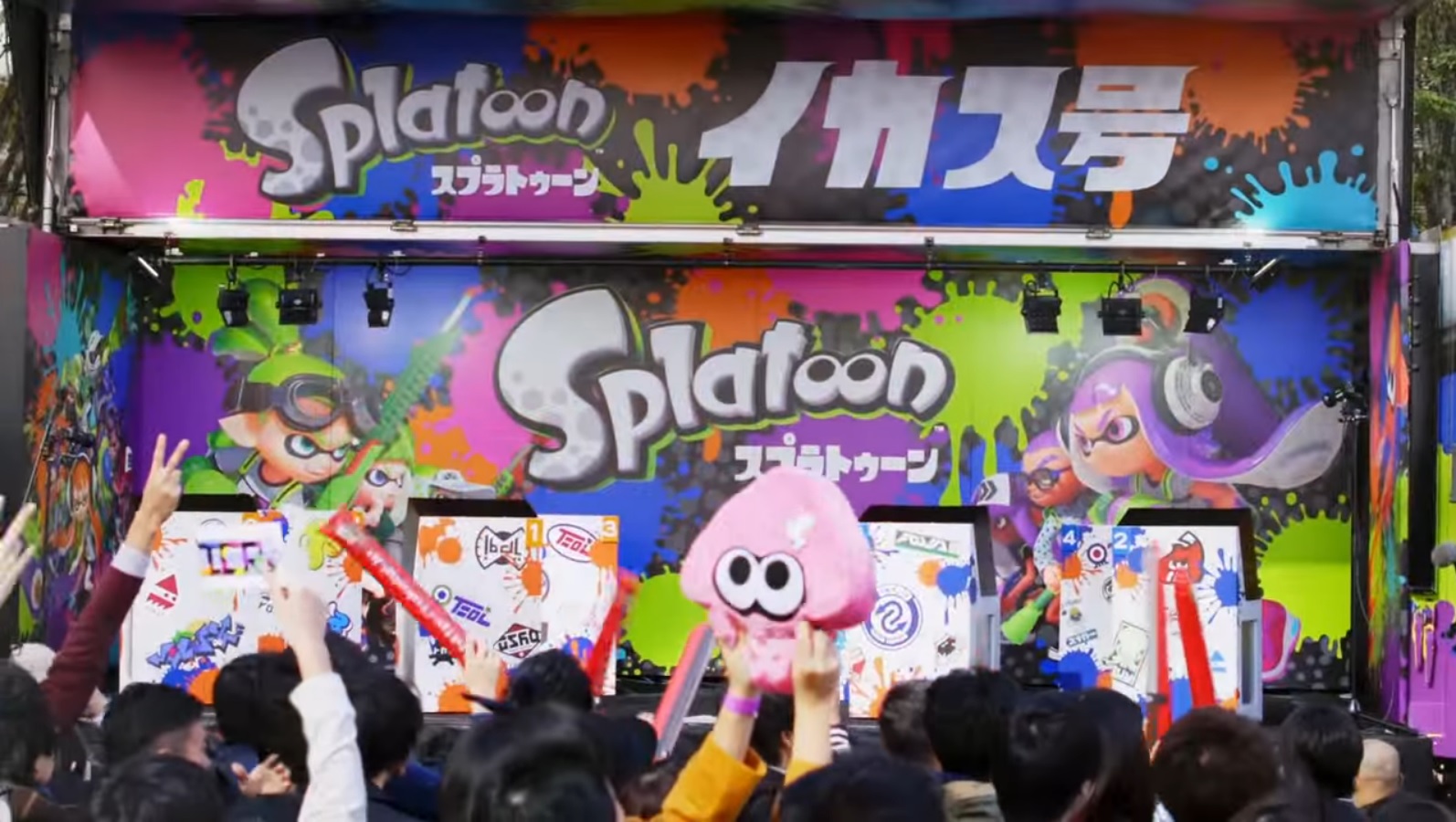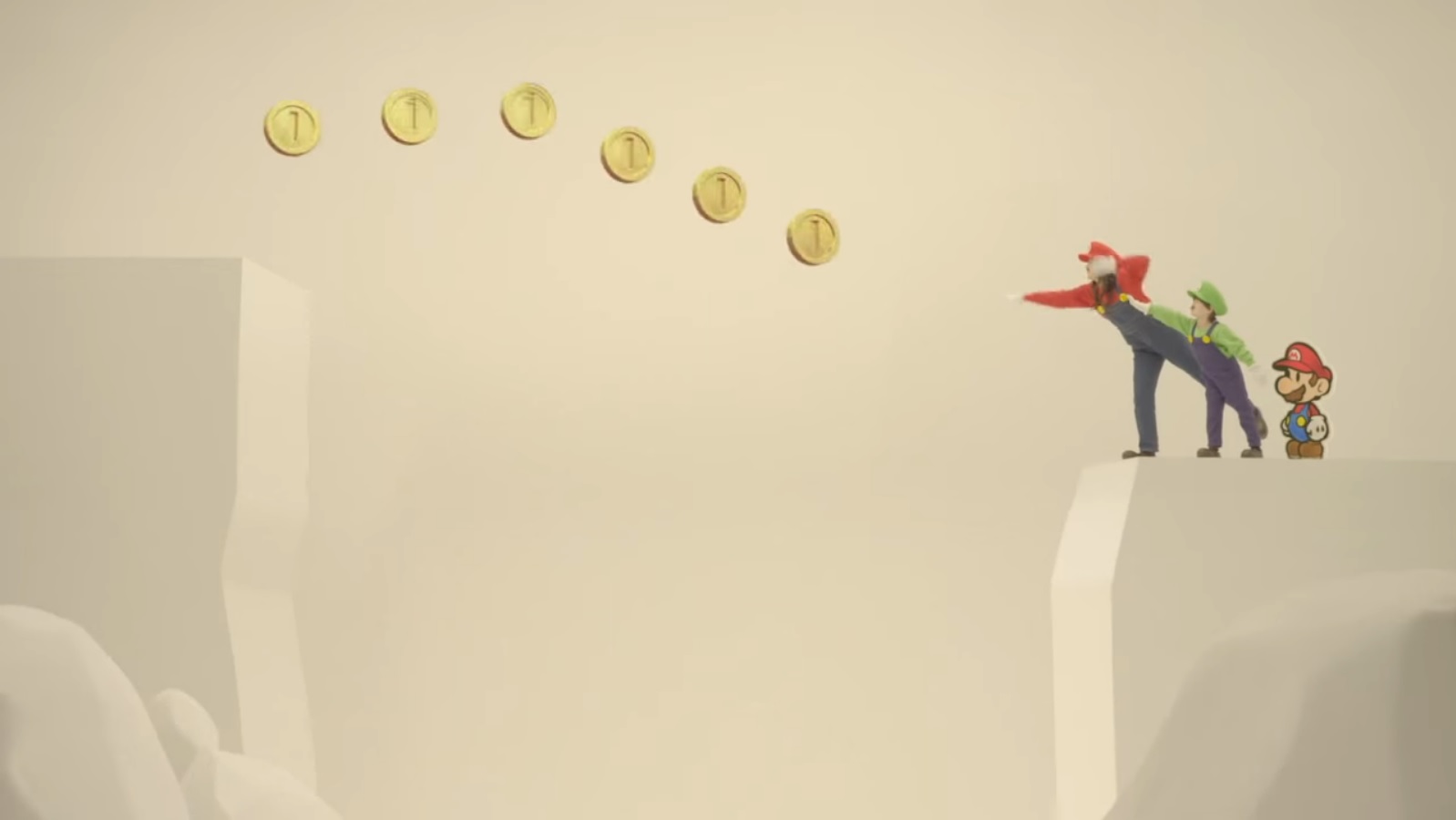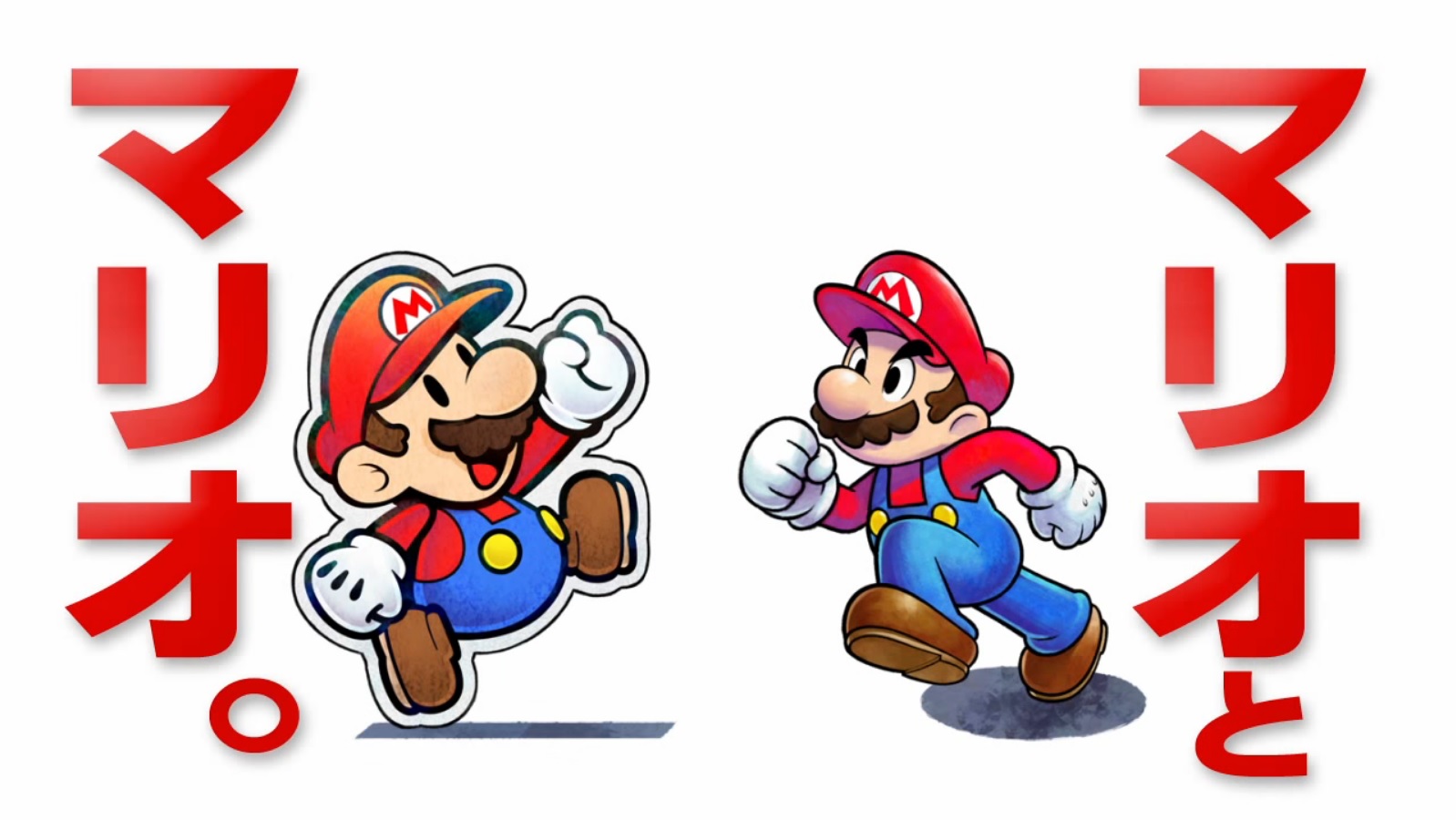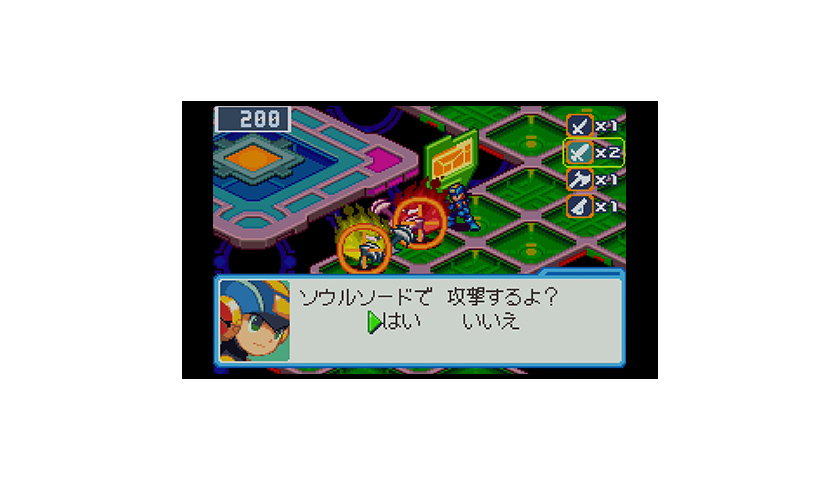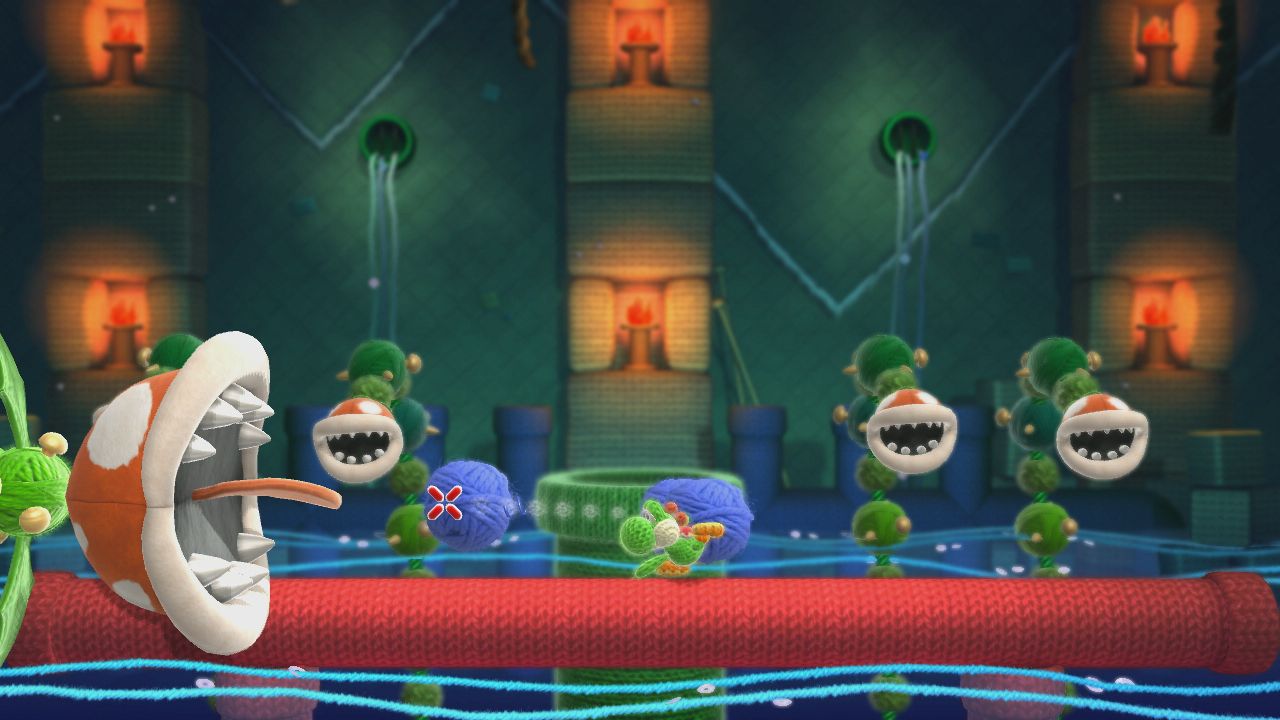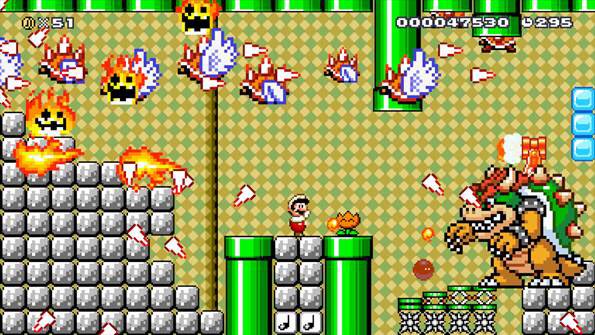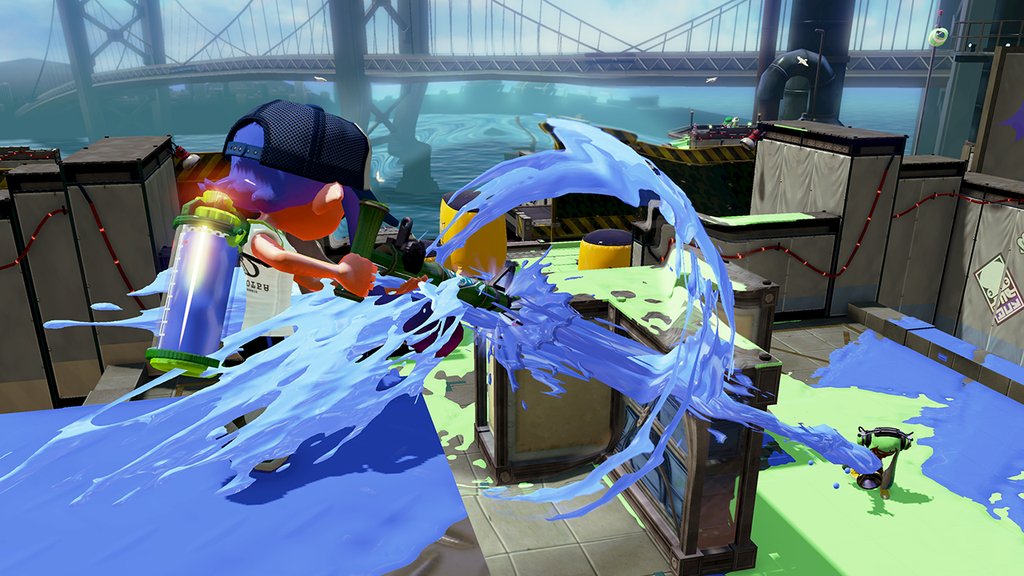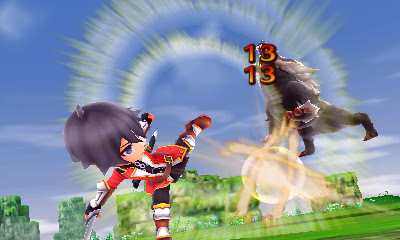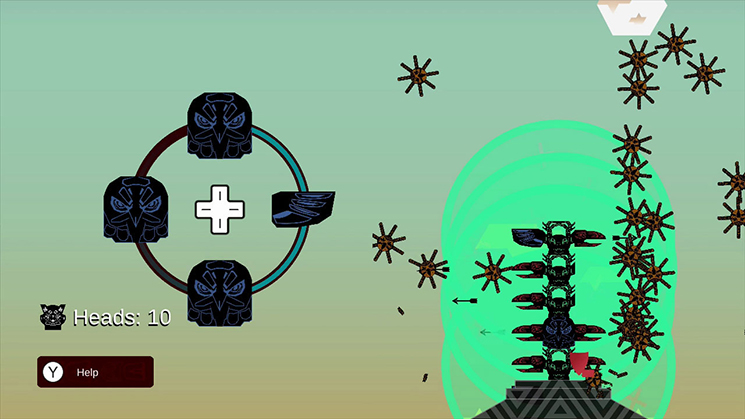Several new 3DS themes are out now in Japan. Here’s the full lineup:
Monster Hunter Diary: Poka Poka Palico Village DX (x3) – 200 yen each
M.S.S Project – 200 yen
96Neko – 200 yen
doriko feat. Hatsune Miku – 200 yen
Noah’s Cradle – 100 yen
Tokugawa Period Patriot – 200 yen
Future Card Buddyfight Hundred (x3) – 200 yen each
Funky Kato (Music Magic) – 200 yen
Kanimiso-P (Dancing Samurai) – 200 yen
We’ve posted videos for many of today’s 3DS themes after the break.
Another two Japanese commercials for Nintendo games have come online. We’ve included promos for Splatoon and Super Mario Maker below.
A new Japanese Mario & Luigi: Paper Jam commercial has gone live on Nintendo’s YouTube page. Check it out below.
Nintendo has released two Japanese Mario & Luigi: Paper Jam videos. Below you’ll find a general overview as well as one pertaining specifically to amiibo.
Nintendo released official videos for Mega Man Battle Network 6 Cybeast Gregar and Cybeast Falzar on the Japanese Wii U Virtual Console. Watch them below.
Game Informer has published a new interview with Yoshi’s Woolly World designer Emi Watanabe and producer Takashi Tezuka. During the discussion, the two touched on the different Yoshi designs (and how the Pokemon amiibo unlock a generic skin), the lack of Baby Mario in the game, and more.
Read on below for some excerpts from the interview. You can read the full Q&A here.
Super Mario Maker is adding another Event Course later today. In just a couple of hours, players can tackle the level that was featured in the final round of the Omegathon event at this year’s Penny Arcade Expo.
Nintendo tweeted out the news a short while ago:
Can you beat the PAX West 2015 Omegathon Final Rd course? The event course goes live at 5 PM PT! #SuperMarioMaker pic.twitter.com/P7nV6q8JeR
— Nintendo of America (@NintendoAmerica) November 17, 2015
Super Mario Maker’s latest level will be available at the following times:
– 5 PM PT
– 8 PM ET
– 1 AM in the UK
– 2 AM in Europe
In just a few hours, the Bamboozler 14 Mk II will be added to Splatoon. Get an early look at the weapon in the video below.
Stella Glow has now arrived in North America. For a look at the game’s launch trailer, check out the video below.
We reviewed Stella Glow last week and liked it quite a bit. For those of you that missed it, read our verdict here.
Totem Topple will be out on the North American and European Wii U eShop on Thursday. Take a look at some footage of the game below.

